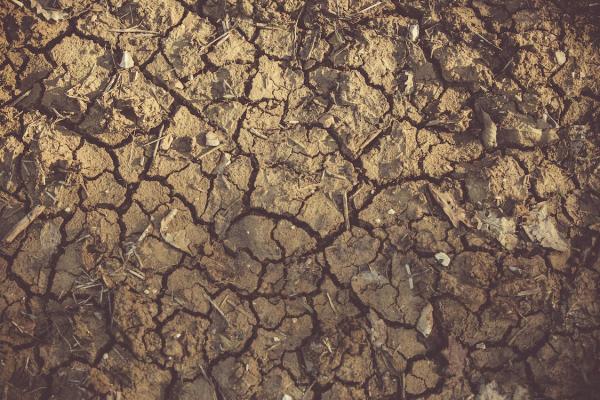
The severe lack of precipitation affecting the Maghreb and Türkiye, and the consequent drought situation, raise concerns regarding potential impacts on agriculture, water availability and energy production and usage. The effects of the catastrophic earthquakes of February 2023 in Türkiye and Syria may further exacerbate these impacts.
Following the extreme drought and heatwaves in 2022, two large regions in the Mediterranean show severe dry conditions in early 2023. These may trigger potential impacts on agriculture ahead of the 2023 summer season. In mid-December 2022, a prolonged warm spell affected the Maghreb and, partially, Türkiye. As of February 2023, winter has been warm and dry over many parts of the Mediterranean, affecting soil moisture and river flows, with critical values mainly over Tunisia, Algeria and the whole area of Türkiye. The situation of agriculture raises concern especially in Morocco, with significantly below-average crop growth in most wheat and barley cultivated areas.
Drought conditions affect crops in the Maghreb
The Maghreb is experiencing drought conditions that have caused delays in sowing cereals. Morocco saw a considerable reduction in its planted area and all major production areas had below-average performance in Algeria. The JRC MARS Bulletin on North Africa reports wheat yield forecasts in the Maghreb from -24% to -15% compared with the last 5-year average. As for barley yield forecasts, values range between -30% to -10%.
The region is likely to suffer water stress in the coming months, as the lack of precipitation has caused a reduced filling rate of reservoirs. The Algerian government has taken urgent measures to reduce water wastage and to ration water use.

The February edition of the JRC MARS Bulletin - Global outlook for North Africa - describes a cereal season marked by drought in large parts of the Maghreb, where cereal yield potentials have been negatively impacted.
Türkiye is largely under warning conditions due to drought
Due to the severe lack of precipitation combined with above-average temperatures - particularly in January - Türkiye is facing severe drought conditions. Drier-than-normal soil moisture conditions and higher-than-usual temperatures mean less soil water content, posing a threat to crop yield.
There are concerns about water availability for irrigation in spring and summer. The low levels of snow accumulation will affect future water runoff and infiltration. Reservoirs – some of which were also affected by the recent earthquakes and had to be discharged – are below 50% filling level.
Monitoring the evolution of the drought in Maghreb and Türkiye – and its compound effects with the impacts of the earthquakes in Türkiye and Syria – is of the utmost importance to estimate potential impact and to support risk reduction strategies. Urgent measures should be taken right away to reduce the impact of the drought on soil, crops, and water availability.
The coming weeks will be crucial. If dry and warm conditions persist, the Mediterranean region and Europe may experience another extreme summer, as in 2022.
Background
The Joint Research Centre produces real-time drought information through the European and Global Drought Observatories (EDO and GDO), which are part of the Copernicus Emergency Management Service (CEMS). The European Observatory will be further extended in the near future with a multi-sectoral drought risk and impact assessment under the EDO for Resilience and Adaptation’ (EDORA) project, which aims at enhancing drought resilience, cooperation and adaptation in EU Member States.
To stay updated on the latest news on droughts and the European Commission’s scientific work on disaster risk (including wildfires, floods or changes in human settlements):
Subscribe to the DRMKC newsletter
Details
- Publication date
- 10 March 2023
- Author
- Joint Research Centre





